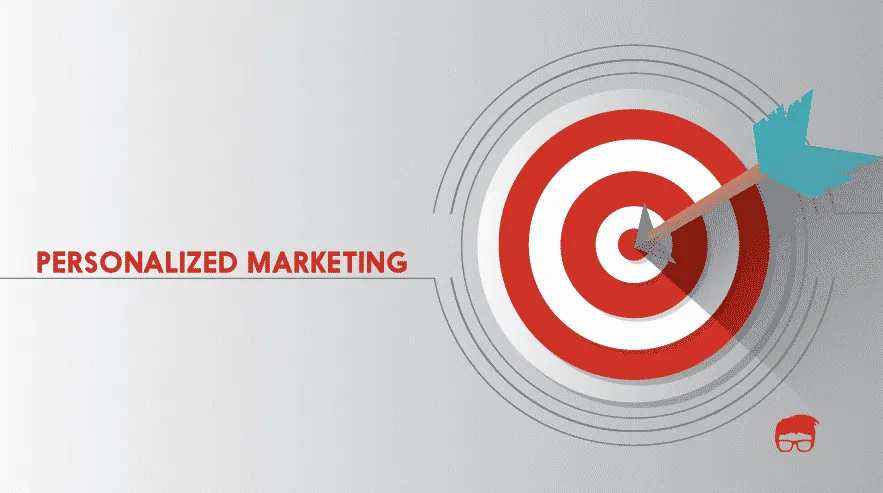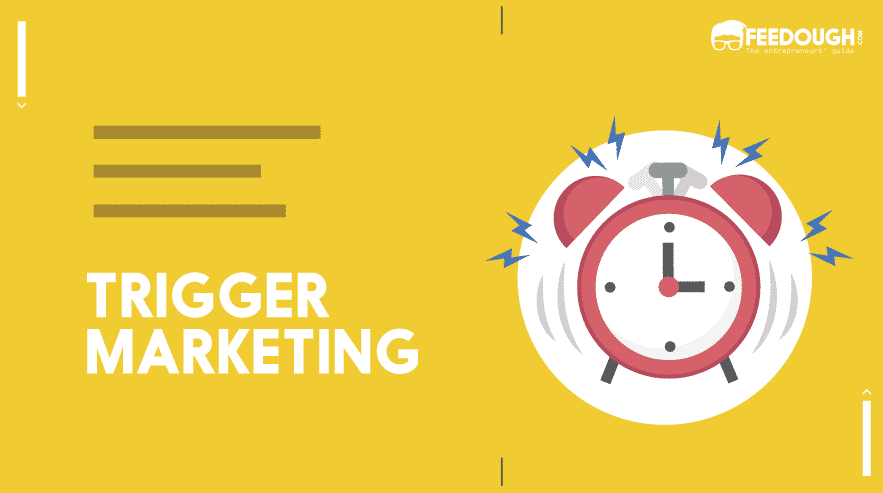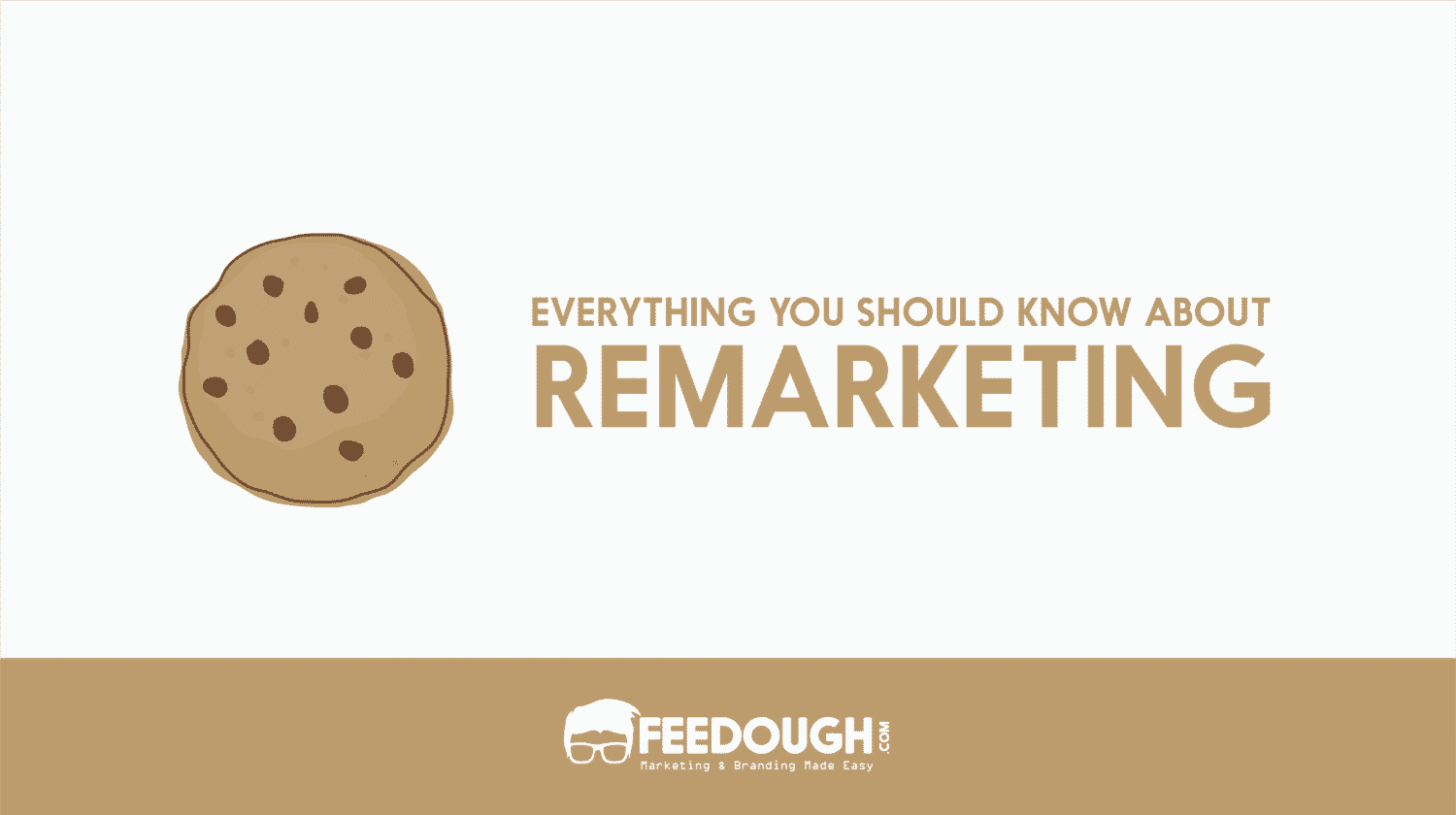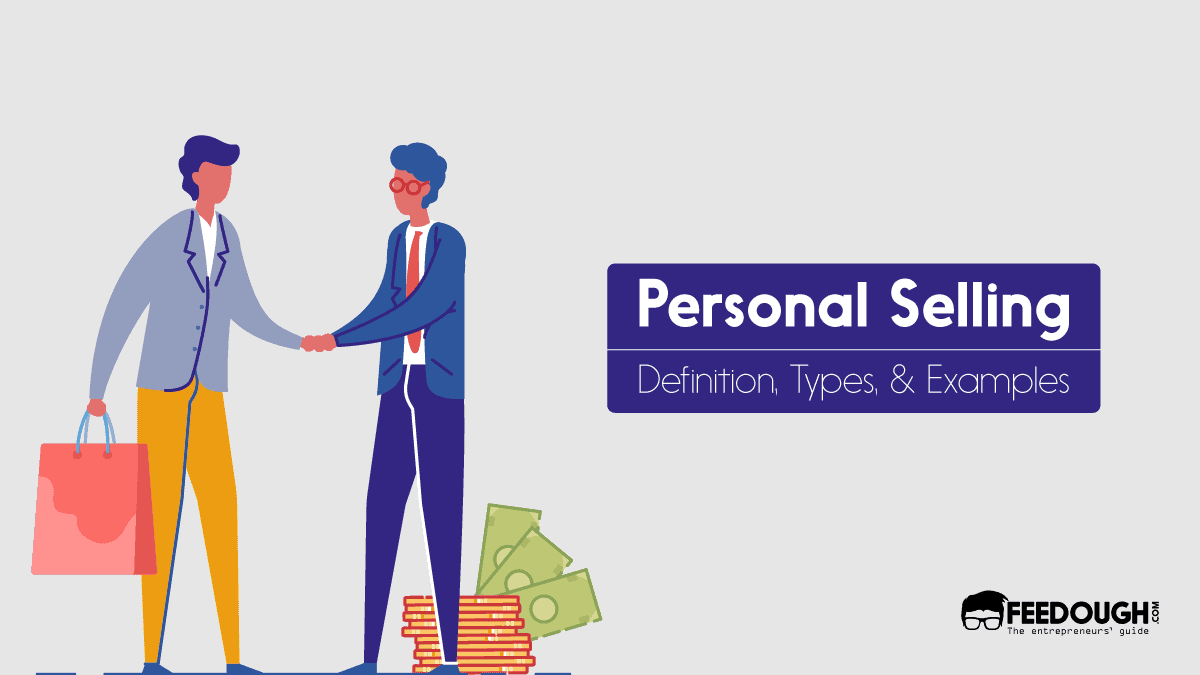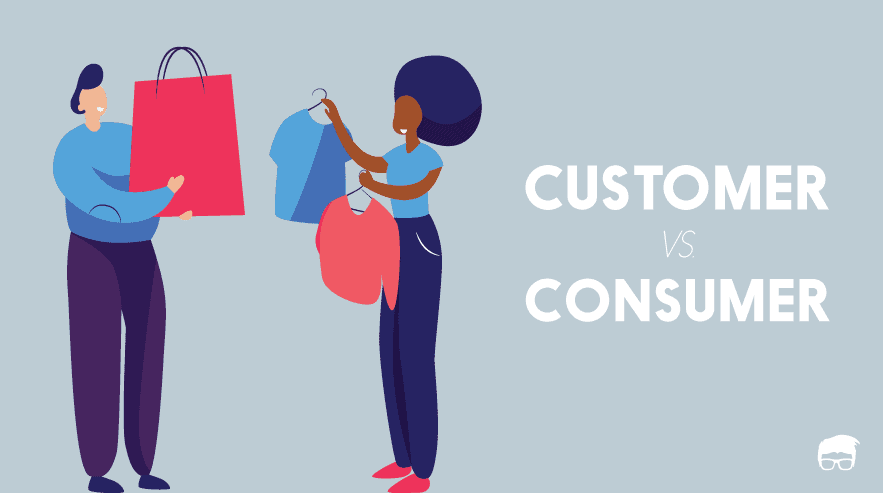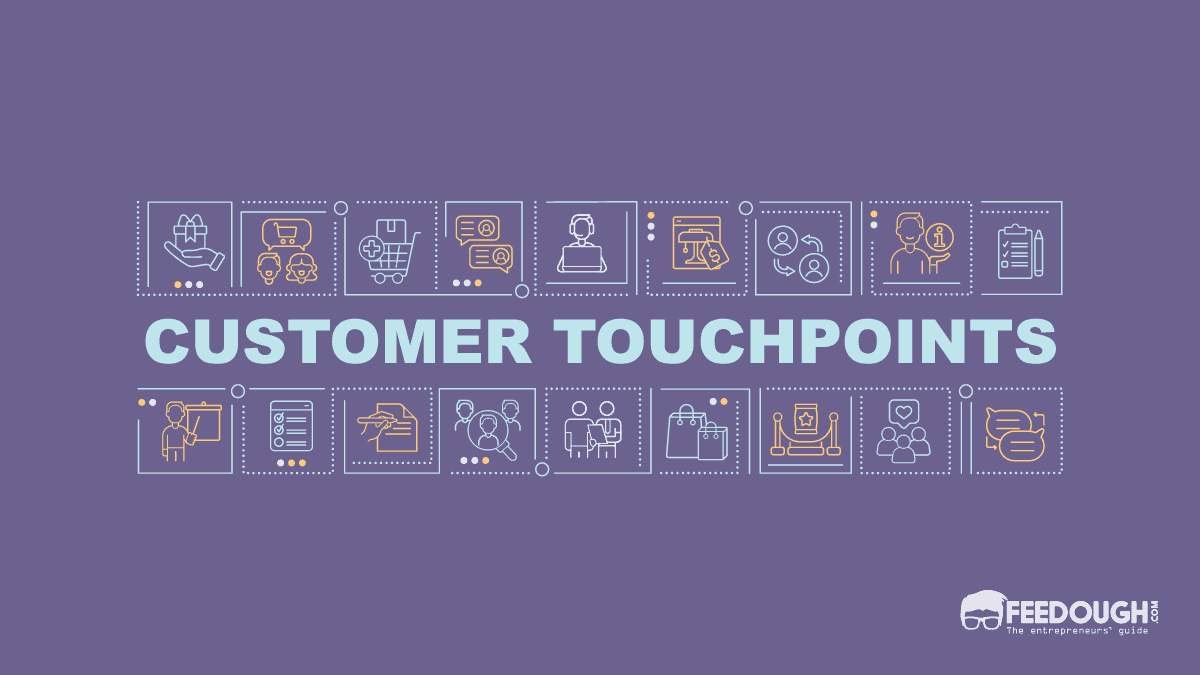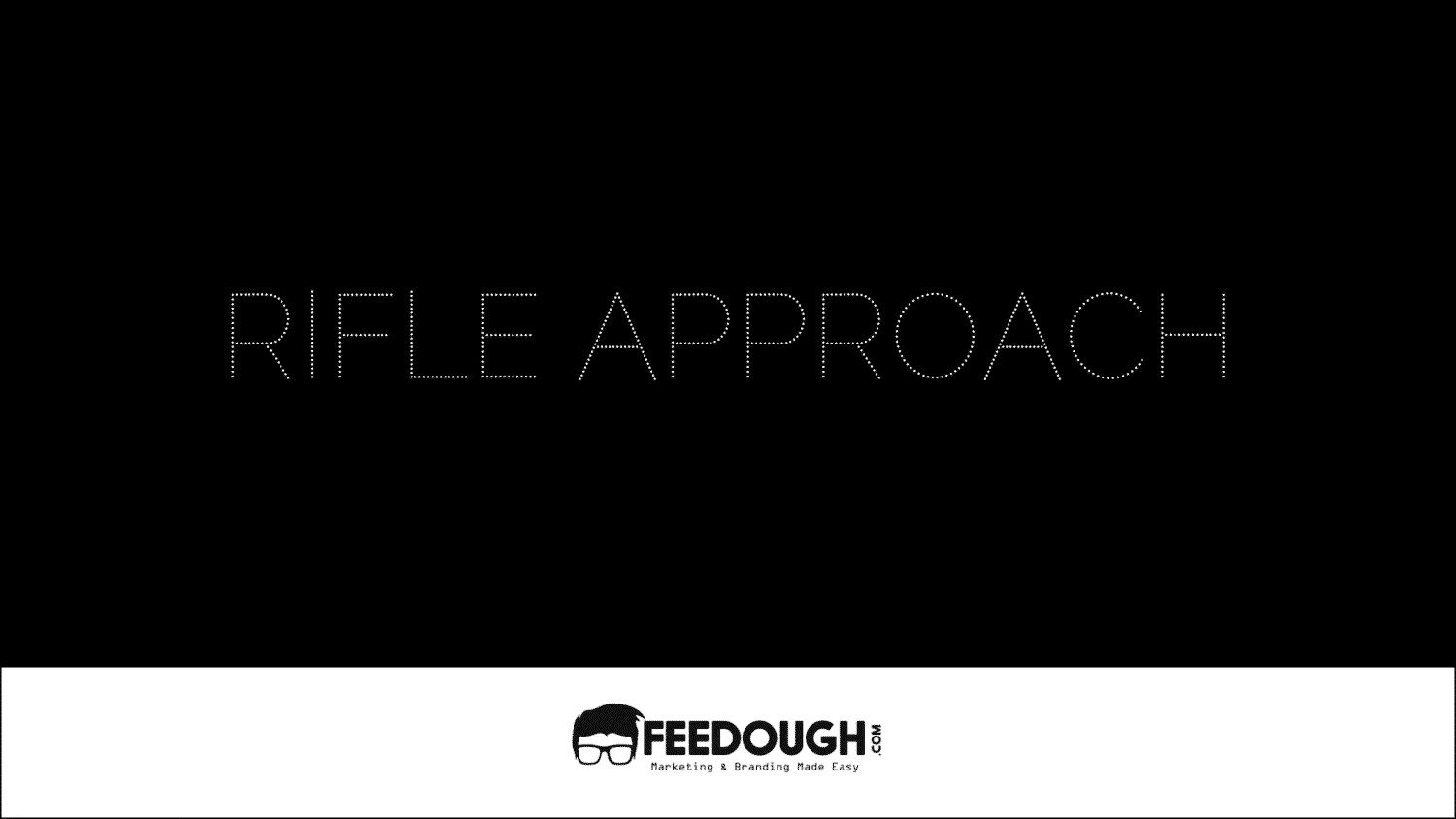What is the first thing that comes to mind upon reading the word ‘personalisation’?
Maybe a gift item with your name engraved on it, or something that has been uniquely customized for your specific needs.
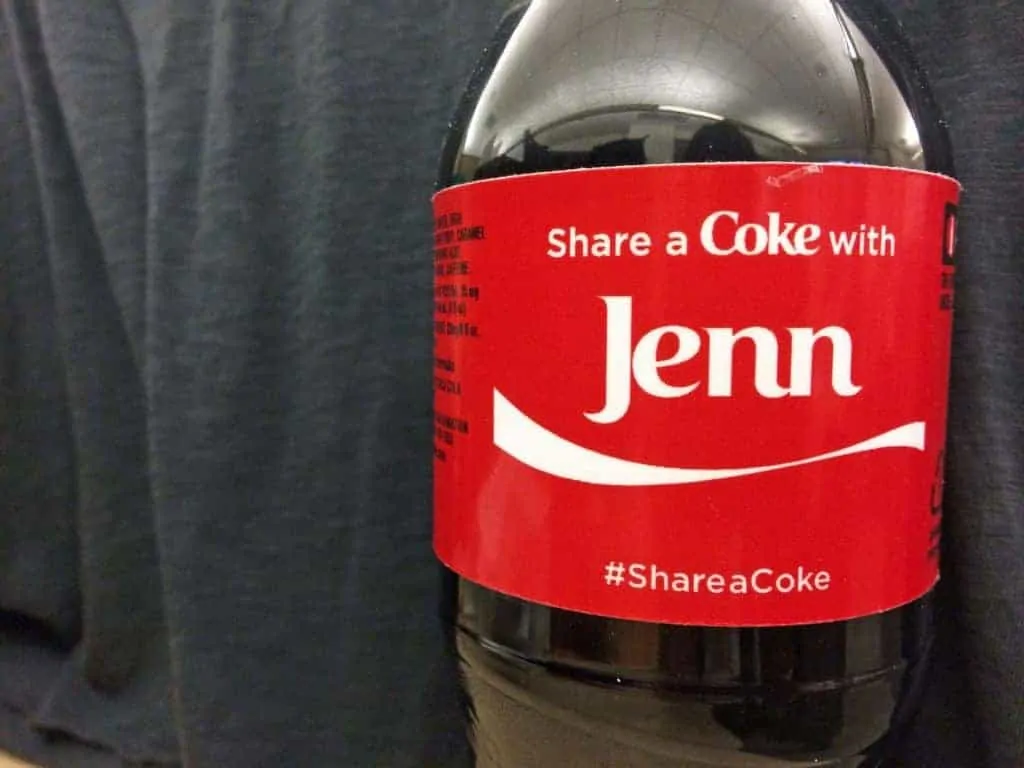
When it comes to digital marketing techniques, personalisation has a similar, but at the same time, a different approach. If you have ever purchased, say a book, from Amazon, the site specifically curates recommendations based on your last purchase. Another great example is Google, which curates articles for you based on your activity online.
Remember that a person’s name is, to that person, the sweetest and most important sound in any language.
– Dale Carnegie, in ‘How to Win Friends and Influence People’.
The goal is to make your customers feel connected to your site, by making the content relevant to them, while also not infringing their privacy. It’s about marketing the right product at the right time, but also to the right customer.
What Is Personalisation?
Personalisation is a process that allows the tailoring of marketing strategies to specifically target each customer individually, depending on their choices and preferences. It is also sometimes known as one-to-one marketing, because it focuses on every single customer, based on what they like.
Personalised marketing uses customer information such as their behaviour, preferences, demographics etc.that helps to understand your customers better and to create a personal connect with them.
Personalisation is a great way to meet your customers’ needs more effectively and efficiently. This makes interactions easier and faster, and also increases customer satisfaction and loyalty, thus the possibility that your customers will do repeat business with you.
Personalisation As We Know It Today
The growth of the internet has led to unthinkable possibilities. Customers are connected now more than ever, what with devices like the Fitbit, Apple Watch, Samsung Gear etc, Amazon Echo, Google Home, car navigation, gaming consoles, entertainment systems like smart TVs, and even home appliances—all of which continuously receive information about the preferences of the users to personalise content to provide better customer experience.
The point is, your customers want the content they receive to be highly relevant to them, for which they also willingly share certain information with the sites they visit.
A study by Frost & Sullivan showed that by 2020, customer experience will be the key brand differentiator over other factors like pricing and product. So, the biggest challenge that marketing technology companies and digital marketers now face is how to improve the way the business is able to constantly communicate with, engage and delight customers.
That is where personalisation comes in.
What Does Personalisation Mean To Customers?
Customers are always sceptical about the degree to which they welcome the concept of personalisation or about the amount of information that they are willing to share to enable a certain level of personalisation.
A study by Epsilon, based over a survey conducted for 1000 people who are not related in any way to the marketing industry provided some interesting insights to how customers see personalisation:
- Customers would most likely view personalisation as a form of customization (32%), as much as they would see it as a form of service (32%).
- An example of personalization as customization is having something tailored specifically to suit you, and as far as personalization as a service is concerned, it is the belief that the business has all the necessary data that is needed to know the customers’ likes and dislikes.
- 16% of the people interpreted ‘personalisation’ in terms of discounts, offers; 8% interpreted it as a specific product or service.
- 7% agreed that personalisation was a form of convenience to the customers as well as the company, as the business could monitor how they surfed the internet or what they purchased to customize ads and shopping options based on their preferences.
- 75% of the respondents agreed that personalisation was a very good strategy to understand consumer behaviour and cater to their needs.
- Two-thirds of the respondents agreed that providing businesses with their information so that they could receive personalised offers and recommendations was worth it, while the rest of the one-thirds believed that it was not.
- The survey also suggested that the attitude of customers towards personalisation does not impact the amount of shopping they’ll do, but also that those who favour personalisation tend to shop more frequently.
Why Is Personalisation Important?
- Increase in sales: Personalisation helps a great deal in instilling faith in your customers that you monitor their likes and preferences—for new and repeat customers alike. This appeal in personalisation is a great factor for increasing sales in your business.
- Building relationships: Irrespective of whether you are B2B (business-to-business) or B2C (business-to-consumer), building a strong relationship with your customers is necessary. Personalisation is a great way to let your customers know that you care and have their best interests at heart.
- Enhancing customer experience: Catering specifically to each one of your customers improves the entire customer experience and also accounts for positive social validation about your business.
- Engagement rates: Tailoring content based on the preferences of your customers, showing them products that they would actually be interested in, delivering messages that they would mean something to them can help your customers engage more in your business.
- Return customers: Personalisation is always a pleasant experience for the customers. A positive opinion of your customers about your business inspires them to come back to do business with you, to keep availing the personalised experience.
- Gaining customer data: The more a customer returns to your business for a better experience, the easier it gets to gain information about them that can help your business make better and informed choices that can get you more customers as well.
Ways To Implement Personalisation
Customers are highly aware and tuned to expect anything less than a highly targeted and personalised customer experience from brands. This can pose a challenge for marketers as content cannot be personalised for millions of people without wearing out the marketing team.
Here are 5 ways that you can implement a personalised marketing strategy:
- Right technology: It is always important to have the right tools for any kind of job, and personalised marketing is no different. It is important to ensure that your current marketing technology is able to handle the data, segmentation and automation that an effective personalised campaign requires to free up a lot of time and resources by automating tedious processes or analyzing huge data sets. Some examples of personalisation technology include content personalisation, recommendations, marketing automation and data collection.
- Gathering customer data: With the right technology in place, the next focus should be on collecting information. It is easier to target your customers with specific and relevant content and recommendations to attract both new and repeat customers. To do this, customer behaviour such as email opens, clicking on links, shopping cart data, searches and purchases should be monitored to refine personalisation.
- Using technology effectively: Once the information has been segmented into dynamic customer profiles, personalisation can be executed across multiple channels, platforms and websites. Common channels include social media, web, and third-party ads. Ads on social media platforms such as Facebook and Instagram use incentive and recommendation tools to deliver targeted messages to possible customers.
- Impacting customer experience: Just as offline customers engage in the products and services by learning more about them, so do the customers online. Therefore, it is important to impact every step of the customer’s experience. Incentives can be given initially to pique interest among the customers, and then provide them recommendations based similar purchases, schedule reminders in the event of cart abandonment, sending out advertisements that will catch the customers’ attention etc. to personalise their experience.
- Update and customer experience: Personalisation is a dynamic process and needs to constantly be updated and refined with your customers’ most recent activity so that the content stays relevant to them on a higher level. Integrating customer feedback into strategy and staying updated with the latest technology also helps.
Examples Of Personalisation
The most accurate example for hyper personalisation has to be President Donald Trump’s election campaign.
While Pres. Trump may be known for his tweets, Facebook is the platform that gave him the upper hand during the elections. On an interview with 60 Minutes, Trump’s Digital Director Brad Parscale mentioned that Trump had fine-tuned political ads on Facebook with the help of Republican employees at the company to reach certain rural voters who would have otherwise been ‘out-of-reach’.
The campaign ran around 50-60,000 different versions of the same ad to reach out to people and gain their votes. The budget spent on Facebook ads was nearly $70 million. The reason was that “Facebook could reach the fifteen people in the Florida handle that [Trump]would never buy a TV commercial for.”
According to Parscale, “Twitter was how Trump talked to people, Facebook was going to be how he won.”
Bottomline?
Success in this new era of personalisation requires marketing technology organizations to plan and align the structure around the customers. Personalised marketing revolves around providing your customers with highly relevant content so as to pique an interest in them to engage in your business.
Making your customers feel that their customer experience is unique over everyone else’s is the key to maintain their loyalty to your brand, and inspiring loyalty in new customers. Better customer experience projects help to enhance the personalisation of content over time, and that is the perfect win-win for your customers and you, if executed correctly.
Go On, Tell Us What You Think!
Did we miss something? Come on! Tell us what you think about our article on Personalised Marketing in the comments section.
A literature enthusiast, an avid reader, a blogger and an experienced social media marketer. She loves to travel whenever she can and has an eye for all things aesthetic.
